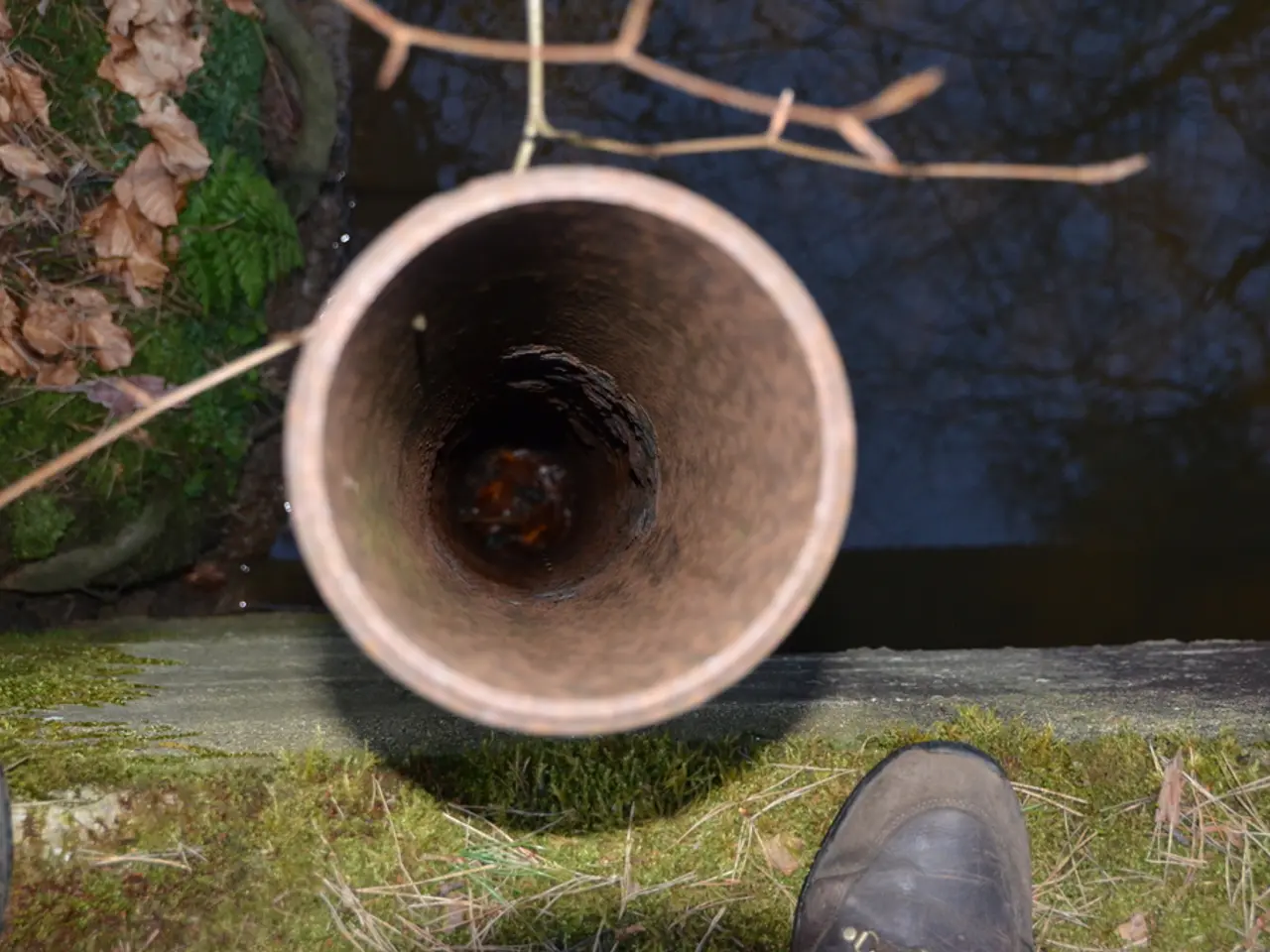Exploration of potential pipeline and rail infrastructure development proposed for connections between Ontario and Alberta.
Ontario is currently initiating a feasibility study to explore the development of new oil and gas pipelines and supporting rail infrastructure connecting Alberta and Ontario. This initiative aims to transport Alberta's oil and gas resources to Ontario for refining, enhance energy security, and create jobs in the energy sector[1][2][3].
The study will consider establishing new pipelines from Alberta through Saskatchewan to Ontario. It will also explore rail lines to facilitate transport both ways—for example, moving Ontario's critical minerals to Western Canada ports, and oil and gas eastbound[1][2][3][4]. Exploration of creating or expanding port facilities on James Bay, Hudson Bay, and the Great Lakes to support pipeline and rail infrastructure is part of the study[1][2].
The study will assess the feasibility of building a new refinery or expanding existing ones along the proposed pipeline routes to process Alberta's oil within Ontario[1][2][3][5]. The plan is designed to reduce reliance on energy infrastructure outside Canada, thereby boosting the country's energy independence and stability. It also addresses the development of an emergency petroleum stockpile as part of the energy security strategy[1][2].
Ontario Premier Doug Ford emphasized that Canada can no longer depend on external infrastructure for stable energy access, so this corridor would help secure domestic supply chains[1][2]. Constructing and maintaining new pipelines, rail lines, and refineries would generate employment opportunities in both provinces, supporting economic growth[1][3][5]. Alberta Premier Danielle Smith highlighted that an energy corridor from Alberta to Ontario and ports would enhance Canadian oil and gas access to national and international markets[1][2].
In summary, the feasibility study launched in August 2025 is set to evaluate an integrated East-West energy corridor involving pipelines, rail lines, port expansions, and refining capacity. This corridor aims to strengthen Canada’s energy security, facilitate market access for Alberta's oil and gas, and stimulate job growth in Ontario and beyond[1][2][3][4][5].
[1] Global News. (2025, August 1). Ontario to study feasibility of new oil pipelines from Alberta. [online] Available at: https://globalnews.ca/news/8467418/ontario-oil-pipelines-alberta/
[2] CBC News. (2025, August 1). Ontario to study feasibility of new oil pipelines from Alberta. [online] Available at: https://www.cbc.ca/news/canada/toronto/ontario-oil-pipelines-alberta-1.6415916
[3] Toronto Star. (2025, August 1). Ontario to study feasibility of new oil pipelines from Alberta. [online] Available at: https://www.thestar.com/business/energy-and-environment/2025/08/01/ontario-to-study-feasibility-of-new-oil-pipelines-from-alberta.html
[4] Calgary Herald. (2025, August 1). Ontario to study feasibility of new oil pipelines from Alberta. [online] Available at: https://calgaryherald.com/news/politics/ontario-to-study-feasibility-of-new-oil-pipelines-from-alberta
[5] National Observer. (2025, August 1). Ontario to study feasibility of new oil pipelines from Alberta. [online] Available at: https://www.nationalobserver.com/2025/08/01/news/ontario-study-feasibility-new-oil-pipelines-alberta
- The feasibility study in Ontario will not only examine the transportation of Alberta's oil and gas resources, but it will also consider the movement of critical minerals from Ontario to Western Canada ports, demonstrating a broad approach to energy and economic infrastructure.
- Along with creating jobs in the energy sector, the proposed East-West energy corridor, encompassing pipelines, rail lines, port expansions, and refining capacity, aims to bolster the country's political and economic stability by promoting energy independence and market access for Canadian oil and gas.







